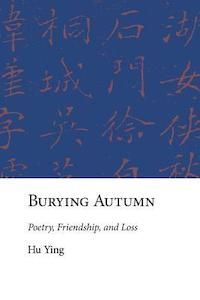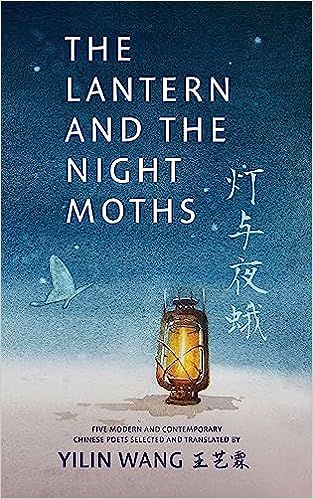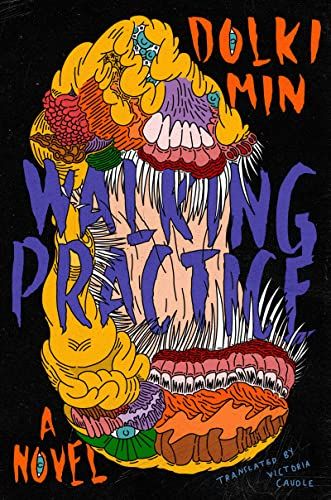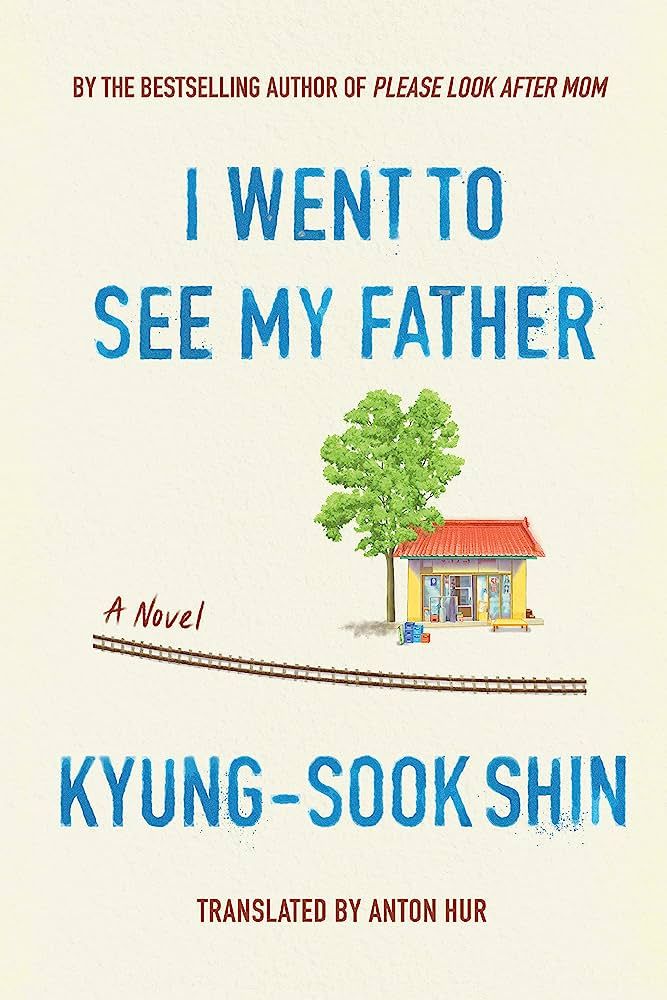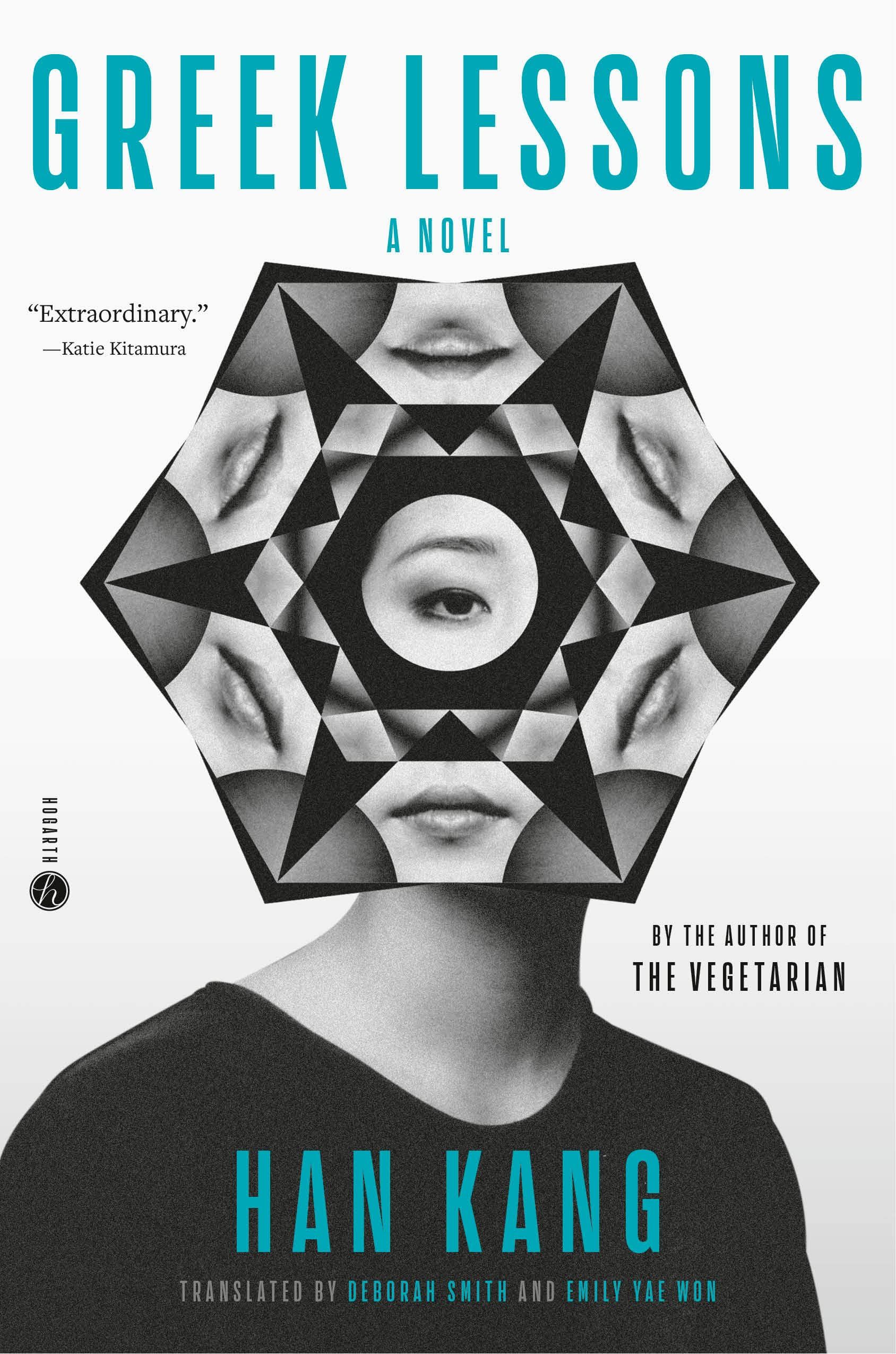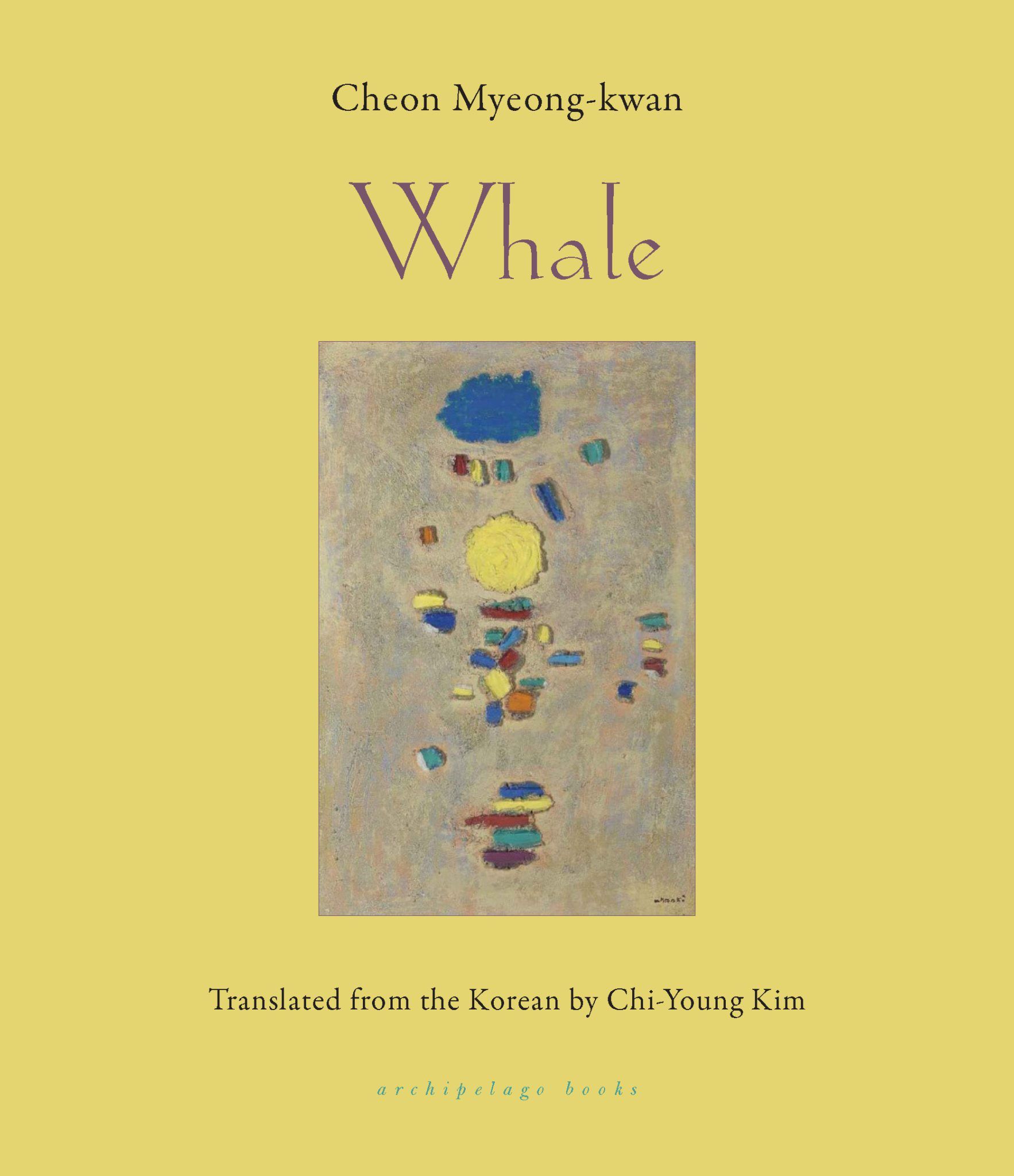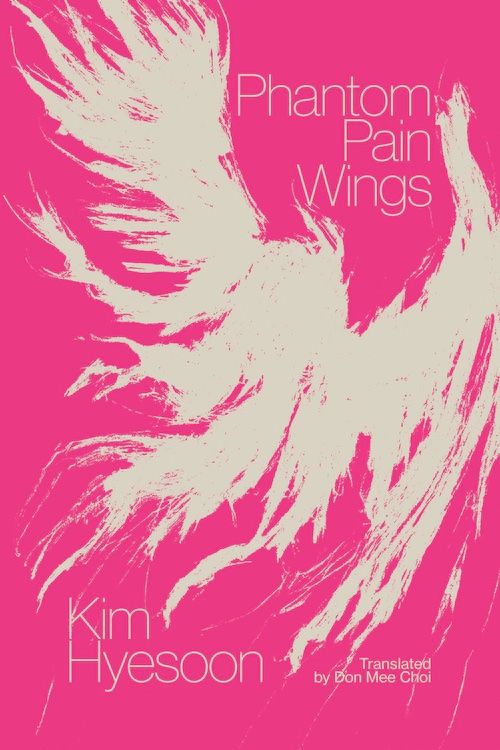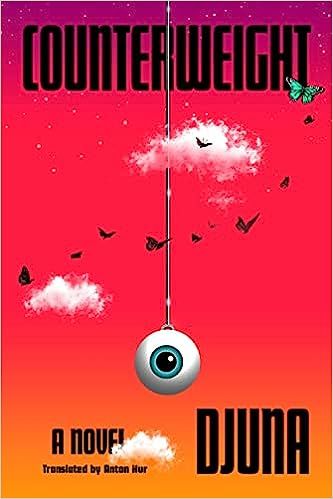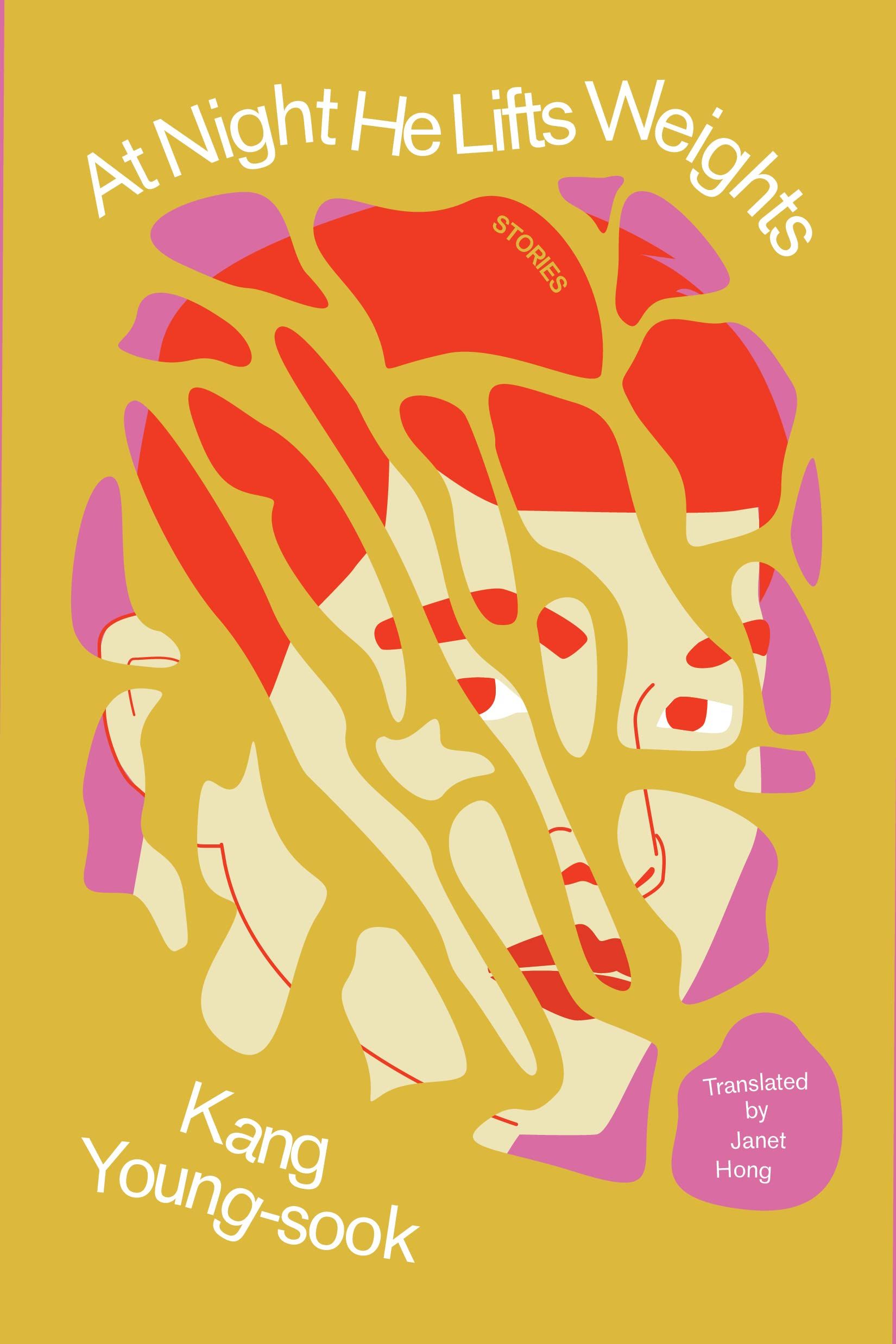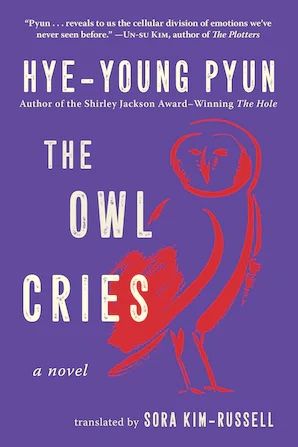It was meant to be an inclusive gesture to New Zealand’s indigenous Maori community. But plans to introduce bilingual road signs featuring both the English and te reo Maori languages have sparked a divisive, racially charged debate ahead of the country’s looming general election.
New Zealand – or Aotearoa as it is known to the Maori – recently hosted a public consultation on whether to include te reo Maori on 94 types of road signs, including for place names, speed limits, warnings and expressway advisories.
The idea, according to the national Waka Kotahi NZ Transport Agency (whose name means “traveling together as one”), is to promote “cultural understanding and social cohesion” with the Maori community, which makes up almost a fifth of New Zealand’s population of 5.15 million.
But the idea hasn’t gone down well with right-wing opposition parties, who have attacked the signs claiming they will jeopardize road safety. An extra language will mean less space for the English words, the theory goes, and smaller type will be harder for motorists to read.
“Signs need to be clear. We all speak English, and they should be in English,” the main opposition National Party’s spokesman Simeon Brown told reporters, insisting the signs could confuse people “traveling at speed.”
That claim prompted criticism from the ruling Labour Party government, with Prime Minister Chris Hipkins accusing the opposition of thinly disguised racial politics. “I’m not entirely sure where they are going with this unless it’s just an outright dog whistle,” he said.
While the National Party has since insisted it is not opposed to bilingual signs “per se” – rather, it says, it wants the government to prioritize other things like fixing potholes and improving traffic networks – the issues has sparked heated debate in the run up to the vote in October where Labour are facing a tough fight to hold onto power.

New life for a once dying language
For many in the Maori community, the plan is as much about signposting and preserving their cultural heritage as it is about understanding road directions.
Slightly less than a quarter of New Zealand’s 892,200 Maori speak te reo Maori as one of their first languages, according to the latest government data.
While opponents use this as an argument against the signs – pointing out that 95% of New Zealanders speak English according to the most recent census in 2018 – supporters use the same data as an argument in favor.
Part of the reason that te reo Maori is not so widely spoken is that back in New Zealand’s colonial era there were active efforts to stamp it out. The Native Schools Act 1867 required schools to teach in English where possible and children were often physically punished for speaking te reo Maori.
That led to a decline in the language that the New Zealand government of today is trying to reverse. It wants to preserve the language as part of the country’s cultural heritage and sees bilingual signs as one way of encouraging its use.
As Maori language expert Awanui Te Huia, from the Victoria University of Wellington, put it: “Having bicultural signage allows us to see our language as part of our daily surroundings and contributes to the development of a bilingual national identity.”
To this end the government in 2018 launched a five-year plan aimed at revitalizing the language. Five years ago just 24% of New Zealanders were able to speak “more than a few words or phrases” of te reo Maori; by 2021 that had risen to 30%.
Over the same period, support for bilingual signs rose from 51% to 56%.
The longer term vision is that by 2040, 85% of New Zealanders will value te reo Maori as a key part of their nationality; 1 million people will be able to speak the basics, and that 150,000 Maori ages 15 or above will use it as much as English.
For Professor Tania Ka’ai, director of The International Centre for Language Revitalisation at Auckland University of Technology, bilingual signs are at least a move in the right direction.
“I would describe it as a ‘work in progress’ because the language is still at risk of dying and it does not deserve to die – no language does,” Ka’ai said.
Are bilingual signs safe?
While the transport agency acknowledges some people have “safety concerns” over the plan, it points to the example of Wales in the United Kingdom, where it says signs featuring both English and Welsh have managed to “improve safety” by catering to speakers of the two most common local languages.
It also says the parallel between New Zealand and Wales will be “particularly salient if te reo Maori becomes understood more widely in the future” – as the government is hoping.
Several other experts have downplayed the suggestion bilingual signs pose a hazard. Even so, the issue is not entirely clear cut.
Kasem Choocharukul, an engineering scholar who specializes in traffic behavior, told CNN there is no evidence that bilingual road signs in themselves negatively impact a driver’s comprehension.
However, design and placement of road signs, as well as the languages and the context in which they are used, have to be treated with care, said Kasem, associate dean of the engineering faculty of Chulalongkorn University in Thailand.
Research by the University of Leeds suggests road signs consisting of four lines, or more, are likely to slow drivers’ response time significantly.
Kasem said that in cases where signs featured multiple languages all based on the same alphabet – for instance, both Welsh and English are based on the Latin alphabet – greater care was needed to differentiate them, such as by using different colors or font sizes.
“The primary objective of these standards is to guarantee that all road signs are unambiguous, uniform, and legible to all,” he said.
Essentially, poor design can be dangerous, not multiple languages, if done badly.

A tale of two languages
The example of Wales – situated more than 10,000 miles away from New Zealand – isn’t as random as it may seem.
Commentators say there are a host of uncomfortable parallels between the fortunes of te reo Maori and Welsh, which was also once in danger of dying out but has since witnessed a resurgence.
At the same time as 19th century European settlers in New Zealand were punishing students for speaking te reo Maori, the British government was actively discouraging the use of the Welsh language, or Cymraeg, in the wake of widespread social unrest.
In 1847 (20 years before New Zealand’s Native Schools Act) a British government report into Welsh linked the language to stupidity, sexual promiscuity and unruly behavior, prompting a drive to remove the language from local schools.
This led to the notorious punishment known as the Welsh Nots. These were planks of wood with the initials W.N. on them that would be hung around the necks of students caught speaking the language in school.
The turning point for Welsh came a century later, following a series of civil disobedience campaigns by the Welsh Language Society in the 1960s. One of these campaigns involved activists defacing and removing English-only signs on streets and roads. Bilingual road signs began to spring up.
Three decades later, and the British Parliament was actively encouraging the use of Welsh.
In 1993, it passed the Welsh Language Act to ensure the language shares the same status as English during day-to-day business in Wales. The language is now spoken by more than 900,000 people in Wales, out of a population of more than 3 million.
James Griffiths, author of “Speak Not: Empire, Identity and the Politics of Language” and a former CNN journalist, said Wales was a prime example of how sound policies could revive a native language, but he noted that, as in New Zealand, there had been resistance from some quarters.
“I think for a lot of people, if they speak the language of the majority, they don’t appreciate the type of recognition and representation of having it on road signs,” he said.
Across the Irish Sea, bilingual signs bearing both Irish Gaelic and English have existed in the Republic of Ireland dating back to the start of the 20th century.
The Hawaii comparison
Other commentators draw parallels to how the US state of Hawaii has used road signs to encourage use of Olelo Hawai’i which, like te reo Maori, is a Polynesian language.
Before the passing of the Hawaii State Constitutional Convention in 1978, which made Hawaiian an official language of the the state, there had been concerns it might go extinct.
In the 1980s, teaching of Hawaiian in schools began to pick up momentum and parents began making greater efforts to pass the language on to later generations, said Puakea Nogelmeier, professor emeritus of Hawaiian Language at the University of Hawaii.
This momentum continues to build to this day, with Hawaii’s Department of Transportation last year moving to introduce diacritical markings such as the okina and kahako – dots and lines that indicate glottal stops or longer vowels – to its road signs to help non-native Hawaiian speakers grasp correct pronunciations.
According to a local government survey in 2016, about 18,000 residents now speak Hawaiian at home in a state with a population of more than 1.4 million.
But Nogelmeier says that while it has become more common to hear conversations conducted in Olelo Hawai’i, the battle to revive the language is far from over.
Unlike in New Zealand, where the Maori people reached an agreement with the New Zealand government to preserve te reo Maori under the Maori Language Act 2016, he says the movement in Hawaii is driven primarily by the community, making the cause “more decorative than functional” and akin to “a bit of a hobby.”
Nogelmeier also says that efforts in Hawaii are largely limited to using Olelo Hawai’i for place names, rather than more complicated linguistic uses.
He should know: On Hawaiian buses, it is Nogelmeier’s voice that calls out the names of stops in the local language.
Lost in translation
Using indigenous place names also allows outsiders to have a better understanding of how to pronounce words and boost tourism.
Both Wales and New Zealand have some famous tongue-twisters for those unfamiliar with the local language.
Llanfairpwllgwyngyll – or to give it its full title Llanfair-pwllgwyngyll-gogery-chwyrn-drobwll-llan-tysilio-gogo-goch – is a little village on the Welsh island of Anglesey and lays claim to being the longest town name in Europe.
That however it is dwarfed by New Zealand’s own Taumatawhakatangihangakoauauotamateaturipukakapikimaungahoronukupokaiwhenuakitanatahu, a hill near Hawke’s Bay which prides itself as the world’s longest place name.
With New Zealand having wrapped up its public consultation on the signs at the end of June, one other challenge remains should the plan go ahead: ensuring there aren’t any translation bloopers.
One road sign in Wales made national headlines in 2008 when local council officials sought a translation for a road sign that was meant to say: “No entry for heavy goods vehicles. Residential site only.”
Their mistake was to email the in-house translation service and not scrutinize its reply too closely.
Officials requested a sign that read: “Nid wyf yn y swyddfa ar hyn o bryd. Anfonwch unrhyw waith i’w gyfieithy.”
Only later did they realize that is the Welsh for: “I am not in the office at the moment. Send any work to be translated.”




